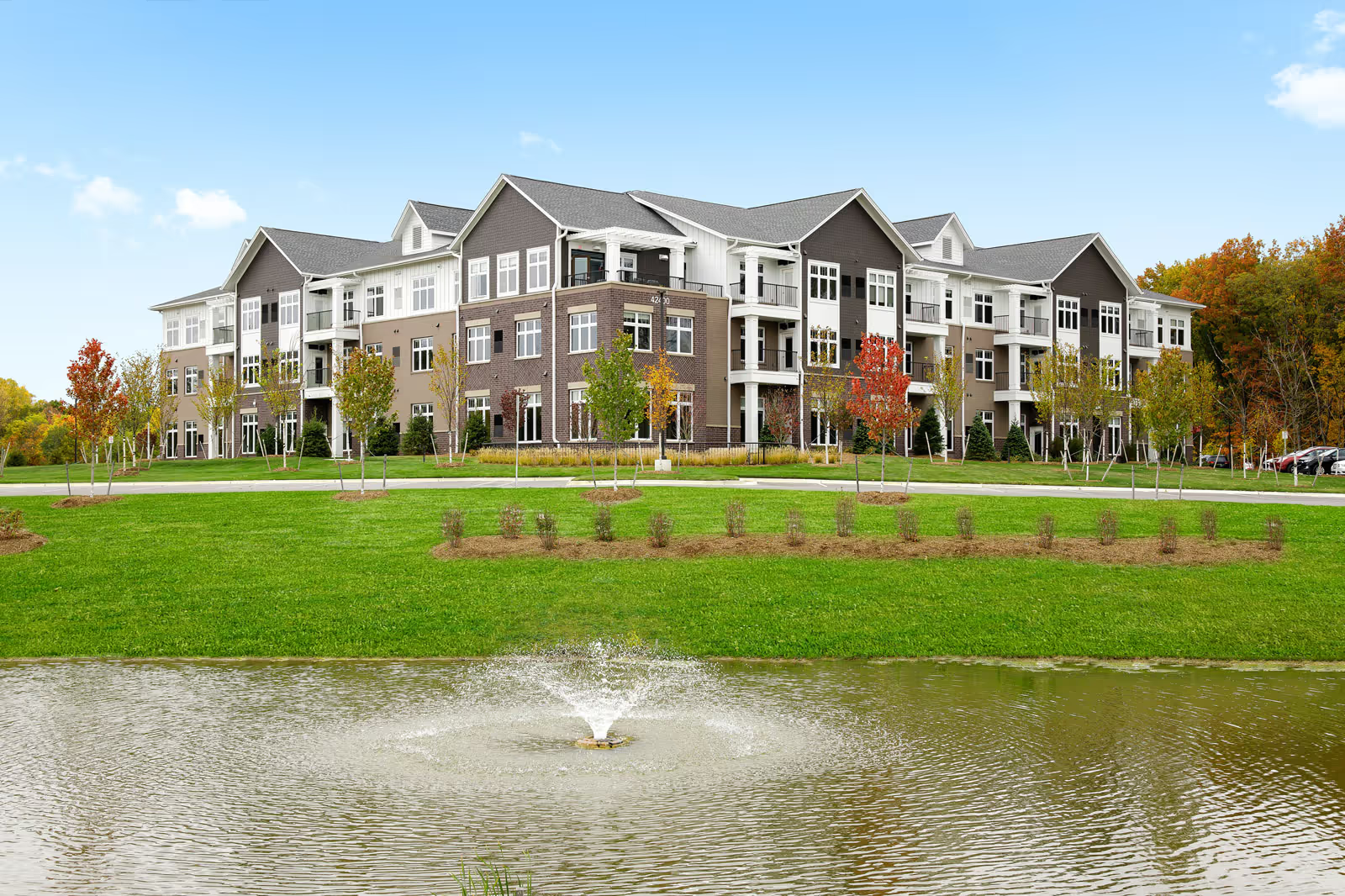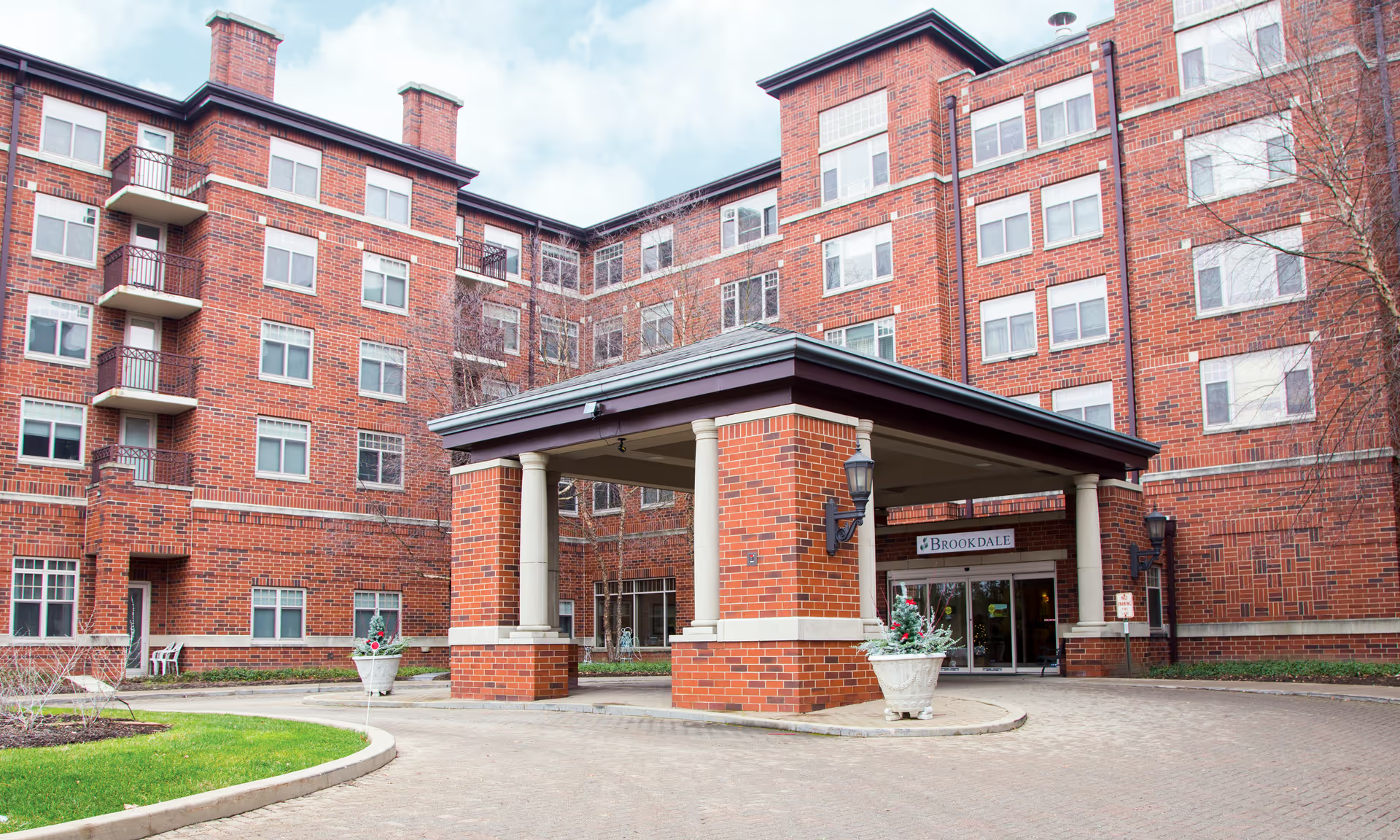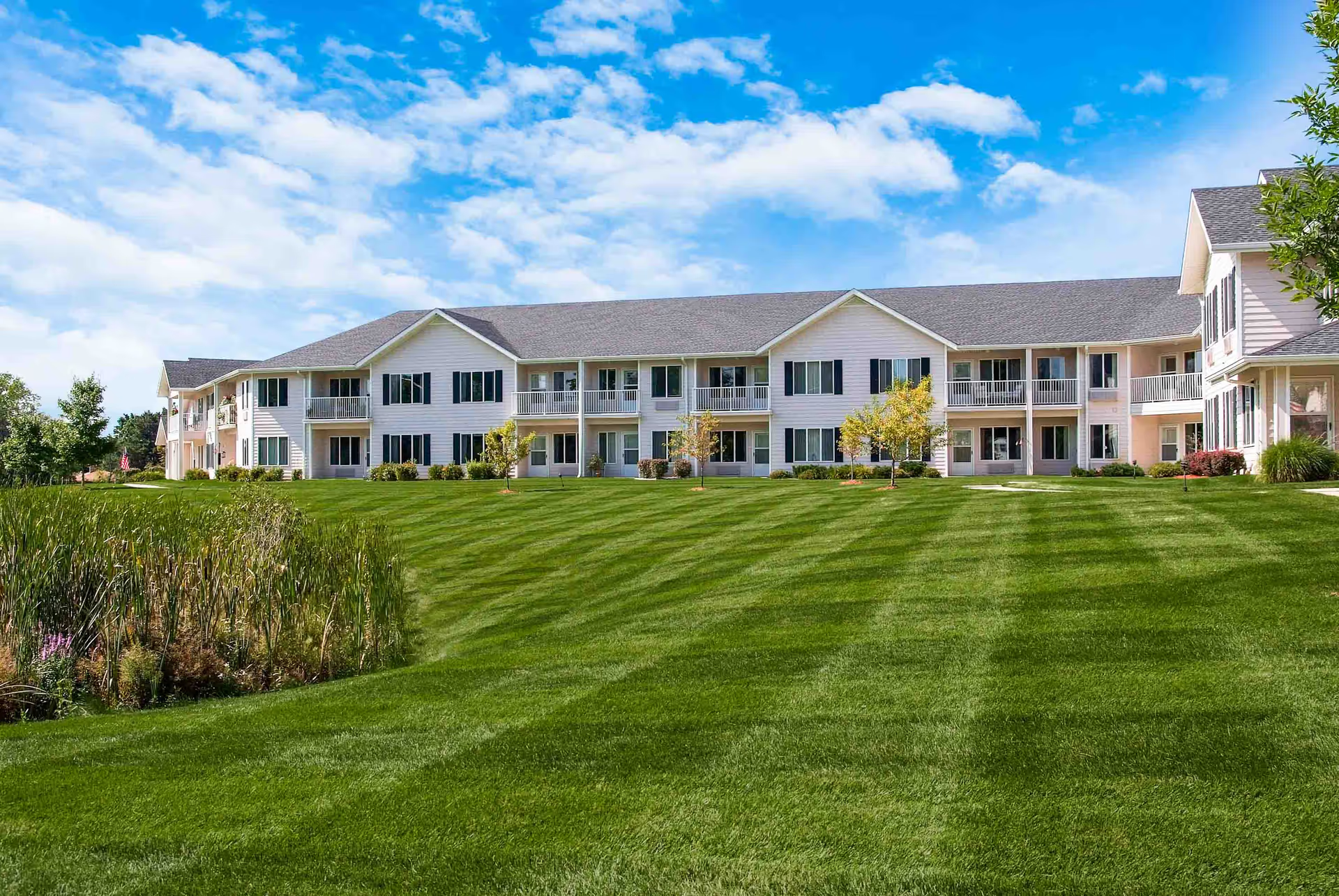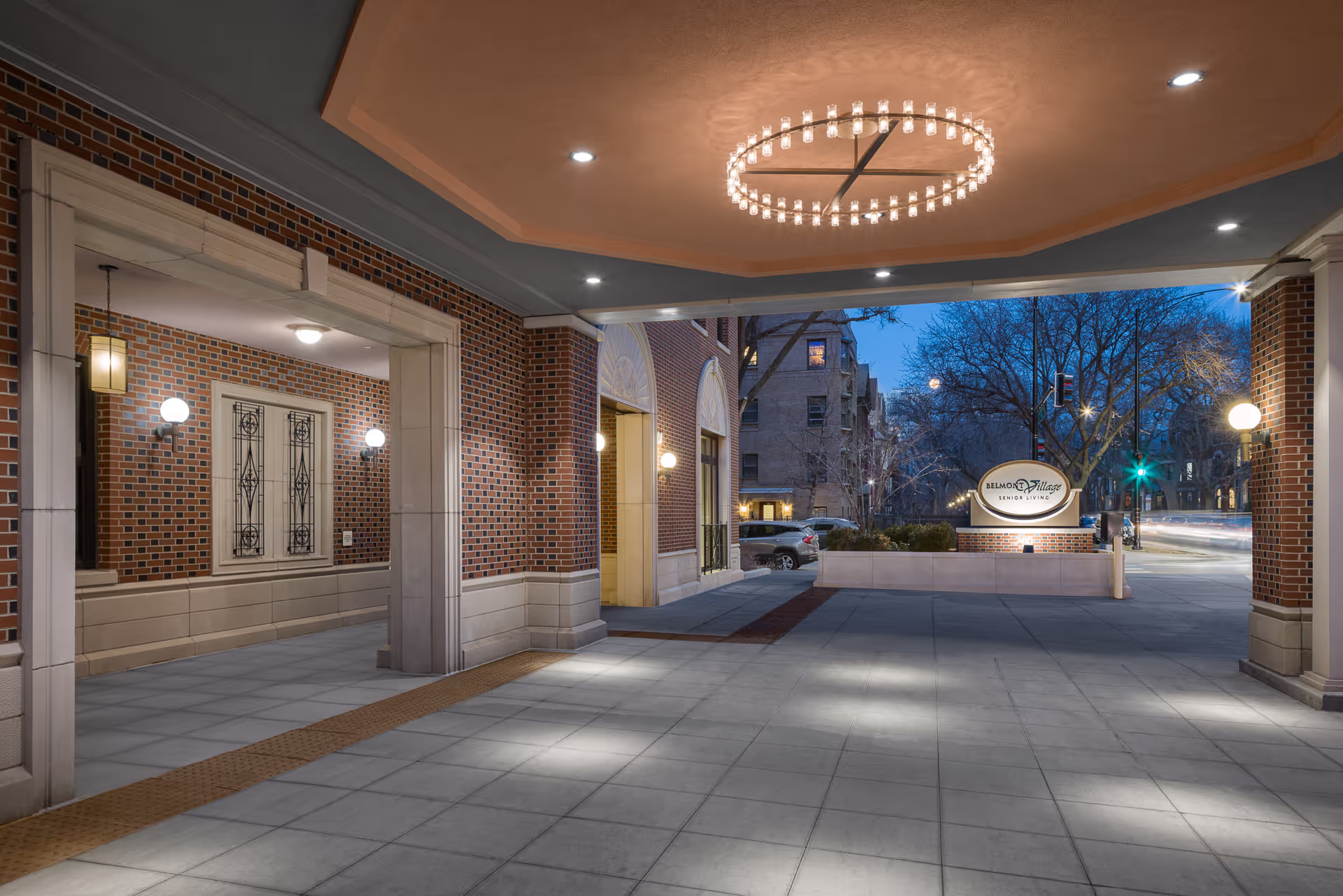Overall sentiment from these reviews is mixed, with distinct strengths in rehabilitation and activity programming but significant and recurring concerns about medical care, communication, and resident safety. Many reviewers praise the therapy team and rehabilitation offerings, describing therapists as talented and pleasant and the physical therapy program as strong or wonderful. The facility includes visible therapy spaces, a recreation room, and an activity center where bingo, movies, and church services are offered; these elements contribute to residents being entertained and having social opportunities. Maintenance responsiveness and generally decent cleanliness are further positive notes, and food quality is described as tolerable, if not gourmet.
Despite these positives, multiple reviews raise serious clinical and administrative concerns. There are several mentions of infections and dehydration, including urinary tract, kidney, and liver infections and at least one report of dehydration. These are significant clinical red flags that suggest either lapses in monitoring, infection control, or timely intervention. In addition, a resident fell twice and family members reported having to request an x-ray themselves, which indicates potential delays in fall response or diagnostic follow-up. A scheduling mix-up resulted in breathing treatments not being given on time, pointing to problems with medication/therapy scheduling and coordination.
Administrative and communication problems appear repeatedly. Families reported lost personal belongings (clothes, glasses, cellphones, luggage) and at least one instance of a resident being transferred in inappropriate clothing. Weekly menu forms are frequently incorrect, which suggests issues with paperwork accuracy and meal management. Reviewers described care as not proactive or going above and beyond, and some families left with an overall negative impression. These themes—lost items, incorrect documentation, scheduling errors, and the need for families to intervene to get necessary diagnostics—together indicate systemic gaps in organization, tracking, and communication with families.
Staffing impressions are mixed: while therapists and some nurses are positively described, the overall care teams are perceived by some families as falling short in clinical vigilance and responsiveness. The recommendation for family involvement suggests that advocacy by relatives may be necessary to ensure adequate care and oversight. This pattern implies variability in staff performance or uneven standards of care across shifts or units.
Facilities and programming appear to be a real asset. The presence of a dedicated therapy area, recreation room, regular activities, and church services provides meaningful engagement and supports rehabilitation goals. Maintenance responsiveness and acceptable cleanliness contribute to a generally positive physical environment. However, the lack of memory care is explicitly noted and could be an important limitation for residents who need specialized dementia services.
In summary, Village At Westerville Nursing seems to offer strong rehabilitation services, engaging activities, and a reasonable facility environment, but there are consistent and serious concerns regarding medical management, safety, administrative accuracy, and communication. Prospective residents and families should weigh the strong therapy and activity offerings against reports of infections, falls with delayed follow-up, lost belongings, scheduling errors, and the absence of a memory care unit. Families considering this facility should plan to stay actively involved, verify scheduling and medication/treatment times, confirm paperwork and transfer details, and ask specifically about protocols for infection prevention, fall response, and personal item tracking.







